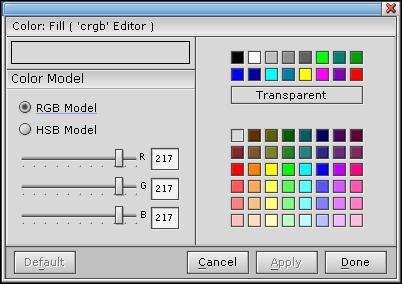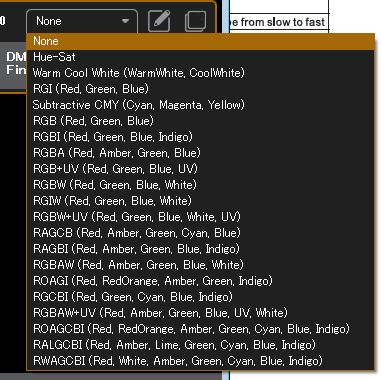
It also allowed the final edit of a tape workflow to come from the source footage instead of footage that was duplicated and degraded through copying across multiple edits. The earliest use was so video editors wouldn't have to use source tapes over and over again, wearing them out.

There are many reasons for offline editing. The offline edit also shares transitions and effects with the online edit for a complete re-creation of a video editor's work.
COLORSOURCE OFFLINE EDITOR FULL
The online edit is created by taking the timecode from the offline edit and applying it to the corresponding source footage, making a duplicate edit at full resolution. After the offline edit is completed using the proxy footage, the online edit is conformed to the offline edit. The original video files are not used in the editing process, instead footage that is lower in resolution, with a smaller file size, and thus a lesser data rate, is used. Offline editing in simple terms is the use of proxy footage, duplicate footage of the original source, for video editing. Video editors need to be prepared for the edge of the envelope and offline editing can help them swallow the biggest of projects with ease.

Screen resolution continues to increase, effects become more verbose, and the upper limit of editing computers is stretched to the max. Technology continues to grow and push the boundaries of what's possible in the world of video editing.

There's wisdom in the old adage "never bite off more than you can chew." It's good advice because too much of a good thing can cause one to choke.


 0 kommentar(er)
0 kommentar(er)
